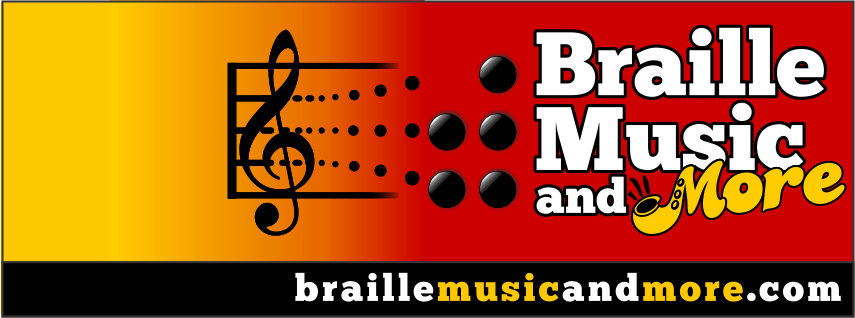Music is a universal language that connects people of various backgrounds. For visually impaired individuals, accessing written music may present significant challenges. That's where Music Braille comes into play--an incredible system that enables blind and visually impaired musicians to read and write music independently. We will delve into what Music Braille is, its mechanisms of operation, and why its usage fosters inclusivity in the world of music.
What Is Music Braille?
Music Braille is a notation system designed to enable visually impaired individuals to read and write music. First developed in the 19th century by Louis Braille - inventor of literary Braille - Music Braille adapts its principles for musical notation so musicians may access scores and compositions without relying on sight.
How Does Music Braille Work?
Music Braille uses raised dots arranged in cells similar to literary Braille; however, in addition to representing notes, rests, dynamics, and articulations it also includes additional symbols and patterns representing musical elements like rests. Here is a brief overview of its components:
1. Notes and Rests: In Music Braille, each note and rest is represented by its own unique combination of dots; thus making it easy for musicians to differentiate between whole notes and whole rests quickly.
2. Octaves: Braille music notation features symbols to indicate which octave a note belongs in, providing accurate pitch information. This feature of braille notation allows musicians to learn accurate pitch information quickly and precisely.
3. Rhythmic Values: Each note and rest is represented by a series of dots to enable musicians to interpret its rhythm accurately.
4. Dynamics and Articulations: Additional Braille symbols provide information regarding dynamics (loudness/softness) and articulations (the way notes are played, including staccato/legato and accented notes).
5. Chords and Intervals: Music Braille has methods for notating chords and intervals, enabling complex harmonic structures to be read and performed more easily.
Why Music in Braille Matters
1. Access and Independence: Muzic Braille provides visually impaired musicians with access to musical scores independently, building self-reliance and confidence while eliminating dependence on sighted individuals for assistance - creating an increased sense of autonomy and freedom.
2. Educational Advantages: Learning Music Braille opens up new educational avenues for blind students, enabling them to participate fully in music education programs and cultivating talent without anyone being left behind due to visual impairment. This inclusion is vital in cultivating talent while making sure no one falls through the cracks due to visual impairment.
3. Professional Growth: For blind and visually impaired musicians, Music Braille proficiency is integral for pursuing professional careers. This enables them to read and interpret music with accuracy, perform to high standards, and compose their pieces - all things essential to reaching peak musical excellence!
4. Cultural and Social Inclusion: Music is an effective tool for social engagement and cultural expression, making it accessible even to visually impaired individuals who can benefit from engaging in musical activities that enrich their lives while contributing to musical communities across the world. Music Braille ensures these opportunities for visually impaired individuals by making participation easy!
Conclusion
Braille notation system provides more than just notation; it opens doors of independence, education, and professional opportunities for visually impaired musicians.
Visit Braille Music and More to explore a variety of tools and resources to enrich the lives of the visually impaired. By understanding and supporting this incredible tool we can foster a more inclusive and diverse musical landscape.





Comments